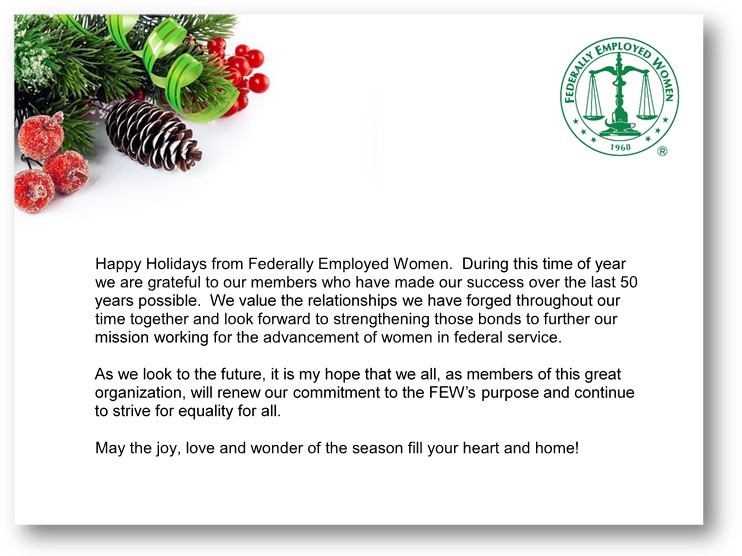American Heart Month 2018: You’re in Control
Heart disease is the leading cause of death for men and women in the United States. Every year, 1 in 4 deaths are caused by heart disease.
The fight against our nation’s number one killer – cardiovascular disease – can’t be limited to treatment. It must also include prevention. Strategies that detect risk factors for disease and encourage healthier lifestyles are not luxuries – they’re lifesavers.
Not being at a healthy weight is a strain on the hearts of Americans. More than 35% of adults are overweight or obese, and childhood obesity is affecting 32% of kids. With obesity a leading risk factor for heart disease and stroke, this epidemic is a serious public health issue that must be addressed.
Meanwhile, cigarette smoking is the leading cause of preventable disease and death in the United States, claiming on average 480,000 lives every year. It increases the risk for heart disease and stroke, especially in those who are genetically predisposed. Smoking decreases our ability to exercise, increases the tendency for blood clots, and decreases the good cholesterol in our bodies.
American Heart Month Statistics At a Glance:
- 220.8 per 100,000: The overall rate of death attributable to CVD, based on 2014 data.
- On average, someone died of CVD every 40 seconds. That is about 2,200 deaths of CVD each day.
- On average, someone in the US has a stroke every 40 seconds. This is about 795,000 new or recurrent stroke each year. On average, someone died of a stroke every 4 minutes
- Stroke accounted for ≈1 of every 20 deaths in the United States.
- More than 65% of US adults have 2, 3, or 4 criteria at ideal cardiovascular health, with ≈20% adults within each of these categories. At any age, females tend to have more metrics at ideal levels than do males. Blacks and Hispanics tend to have fewer metrics at ideal levels than whites or other races.
- 85.7 million, or 34.0% of US adults are estimated to have hypertension, based on 2011-2014 data.
- 28.5 million, or 11.9% of US adults are estimated to have total serum cholesterol levels ≥240 mg/dL, based on 2011-2014 data.
- 23.4 million, or 9.1% of US adults are estimated to have diagnosed diabetes, based on 2011-2014 data.
- 1 in 6 males and 1 in 7 females in the United States are current smokers, based on 2015 data.
- On average, 1 in 3 adults, or 30.4% Do not engage in leisure time physical activity. Hispanic and Non-Hispanic black adults were more likely to be inactive.
We can use this month to raise awareness about heart disease and how people can prevent it — both at home and in the community.
Here are just a few ideas:
- Encourage families to make small changes, like using spices to season their food instead of salt.
- Motivate teachers and administrators to make physical activity a part of the school day. This can help students start good habits early.
- Ask doctors and nurses to be leaders in their communities by speaking out about ways to prevent heart disease.
- Encourage Improved Nutrition and Physical Education in Schools
- Encourage Healthier Food Options and Physical Activity Promotion in Communities
- Quit smoking and support others in quitting or not beginning to smoke.
Resources:
http://newsroom.heart.org/events/february-is-american-heart-month-5712350
https://www.theheartfoundation.org/heart-disease-facts/heart-awareness-month/
https://millionhearts.hhs.gov/news-media/events/heart-month.html



 Each year beginning on February 1, an entire month of events are planned nationwide honoring the history and contributions of African Americans.
Each year beginning on February 1, an entire month of events are planned nationwide honoring the history and contributions of African Americans.